This blog was written by Rachel Kisken, one of our summer interns in 2017. It never got published when she was here, but we’ve decided it’s about time it saw the light of day. Enjoy, and happy reading.
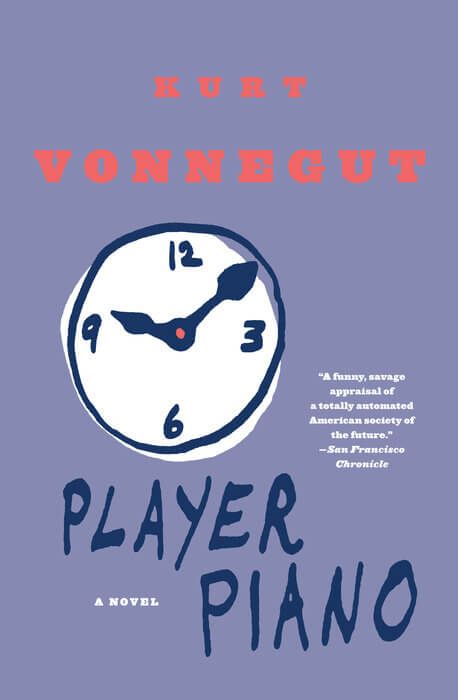
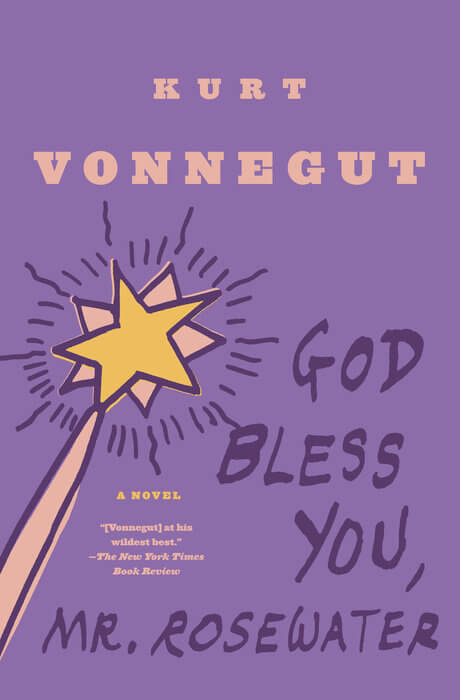
After Player Piano move onto God Bless You, Mr. Rosewater. Here you’ll meet Eliot Rosewater and his overwhelmingly kind heart. Watch as Eliot Rosewater’s generous behavior is considered eccentric by all around him. You decide: does caring for everyone make him crazy? This novel will introduce you to classically “Vonnegut” thematic ideas such as human decency and wealth’s dehumanizing effects. The novel translates well into the present: as one museum employee always jokes, Senator Bernie Sanders probably sleeps with it under his pillow.
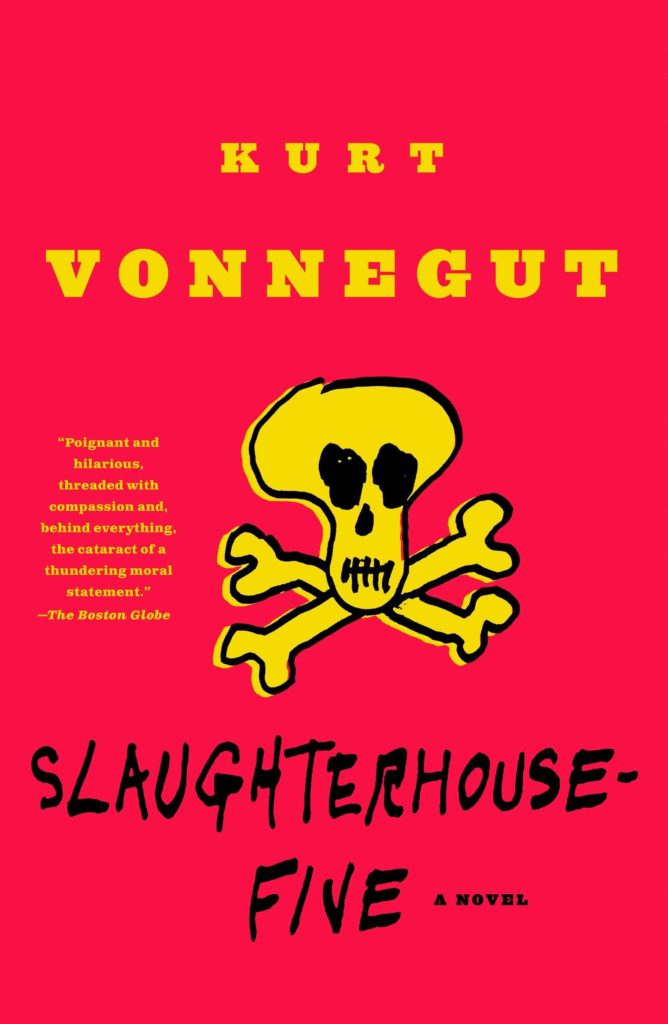
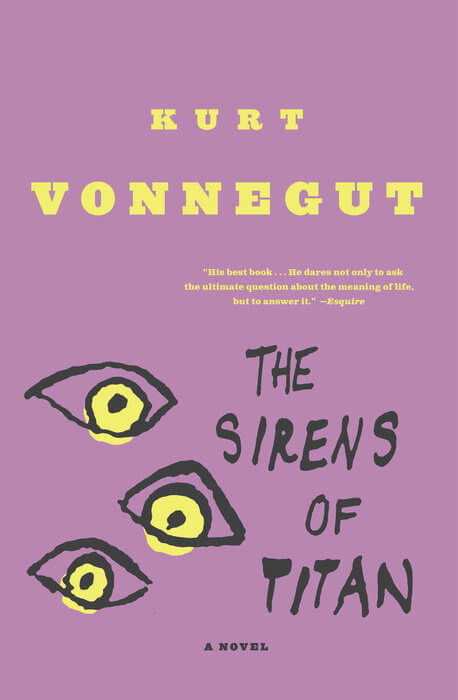
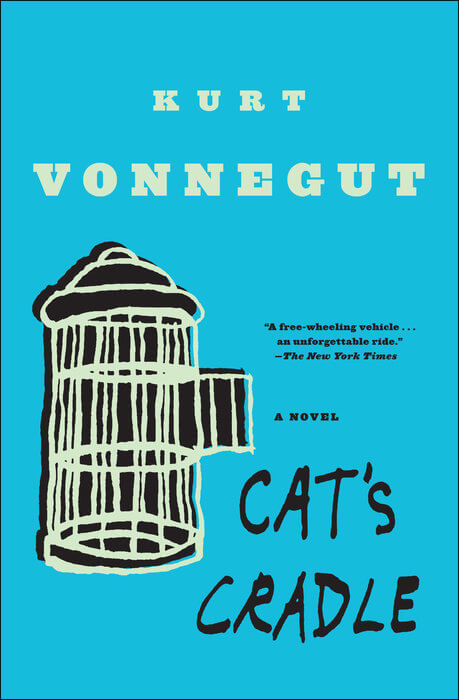
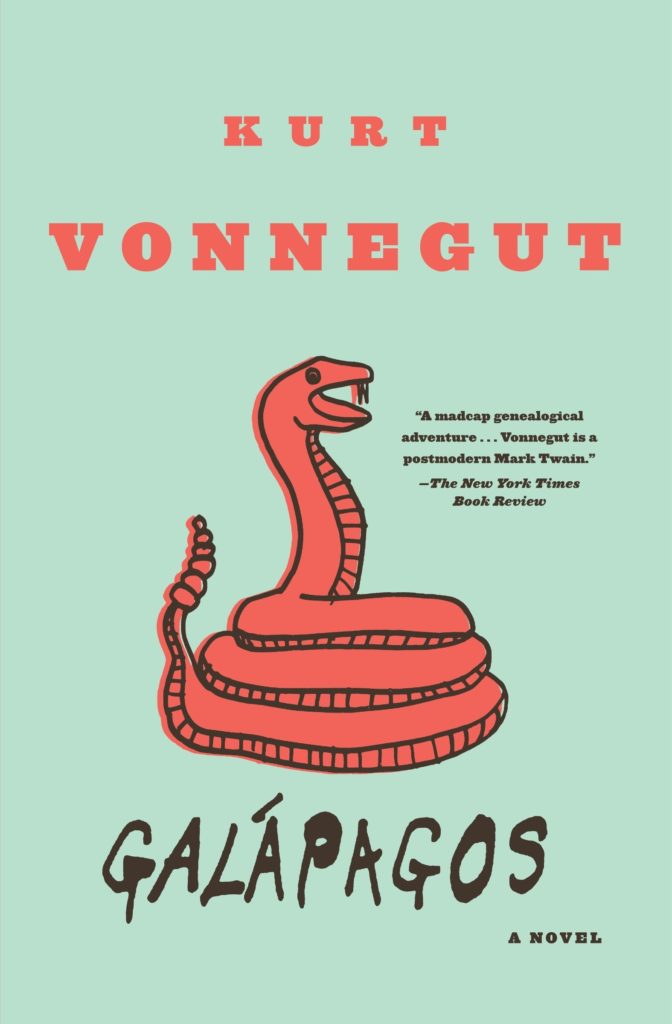
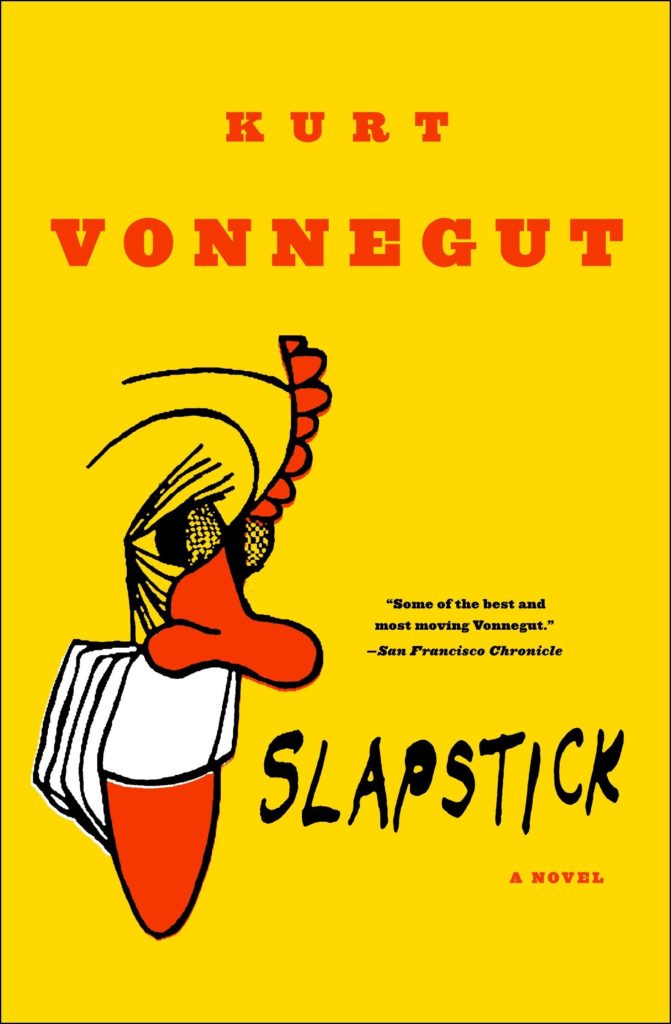
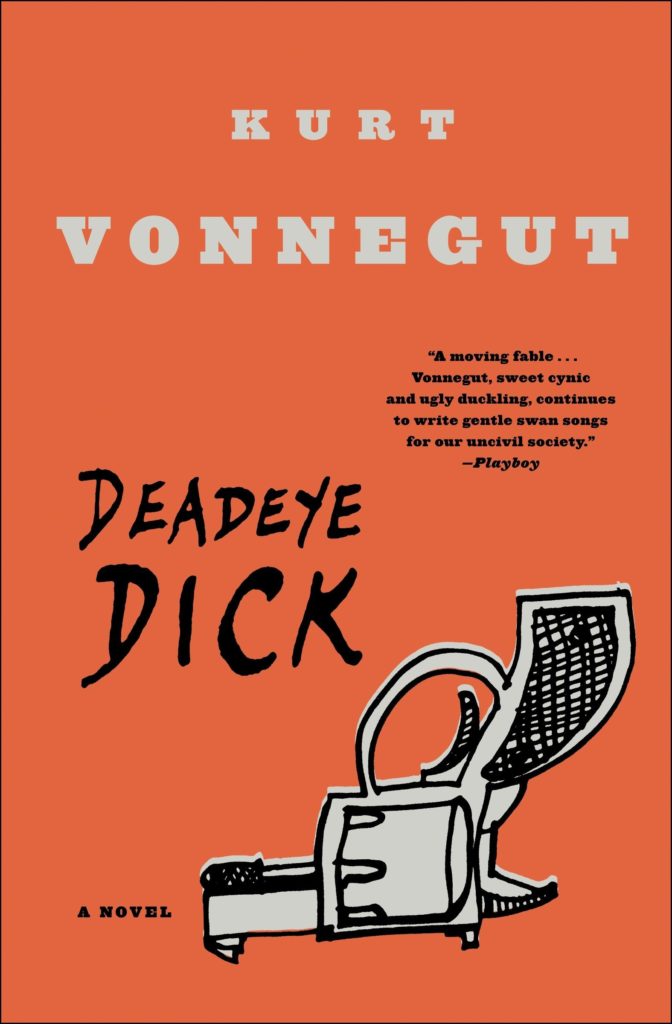
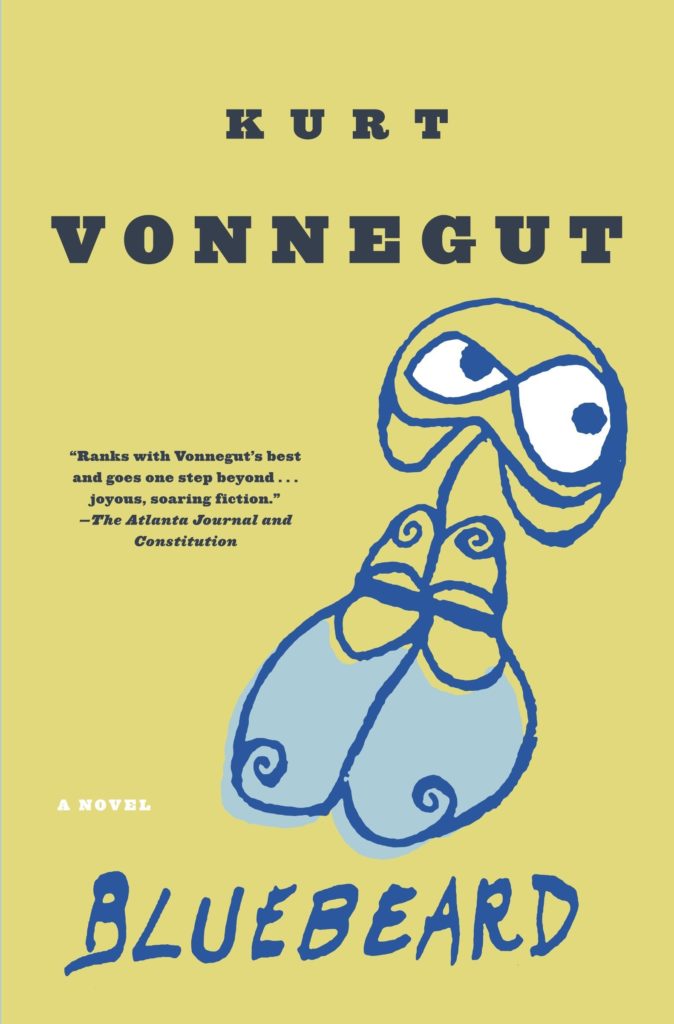
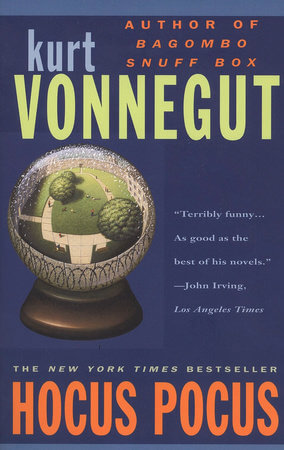
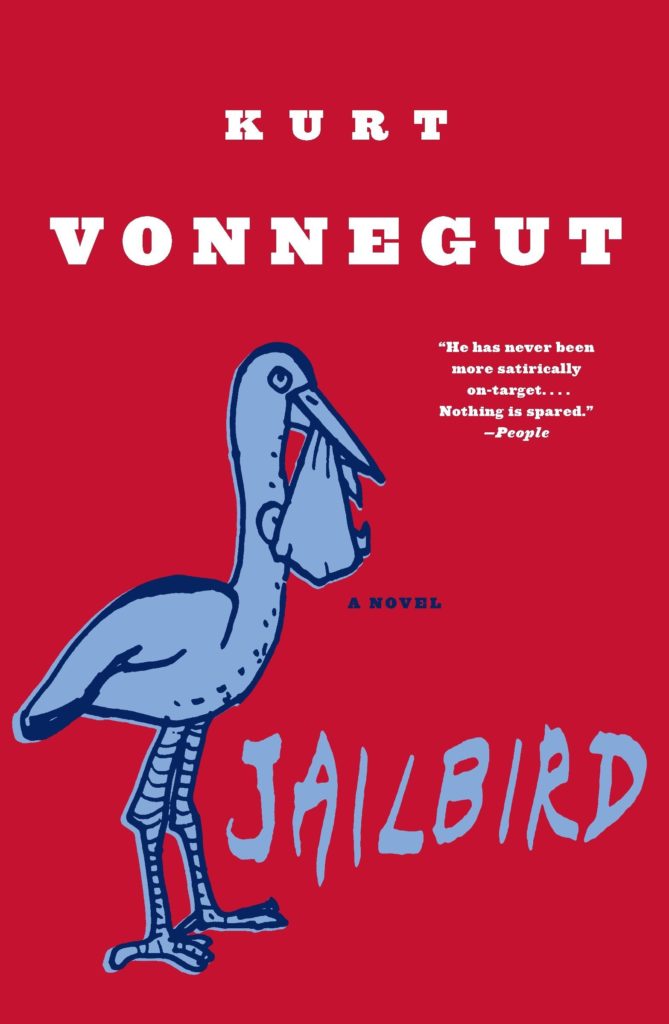
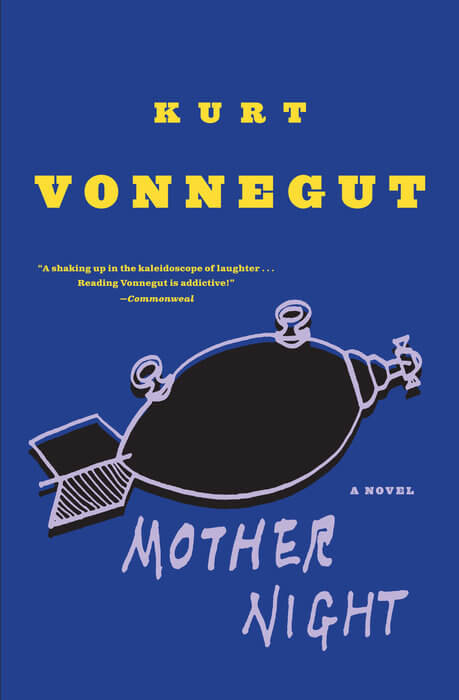
You’ve already met the novel’s protagonist, Howard W. Campbell Jr., in Slaughterhouse-Five. This novel gives insight into his story through his eyes. Is he the same person who lectured Billy Pilgrim on why Americans should fight with Germany? As you near the end of your Vonnegut reading, enjoy one of his earlier works. Like any journey’s ending, you’re nearing your point for self-reflection. This novel asks us to ponder, “We are what we pretend to be, so we must be careful about what we pretend to be.”
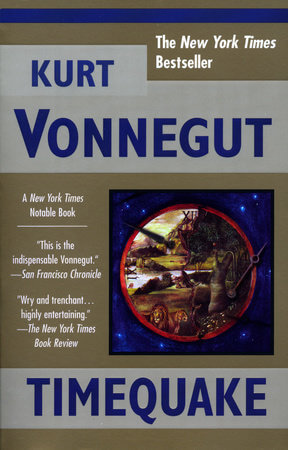
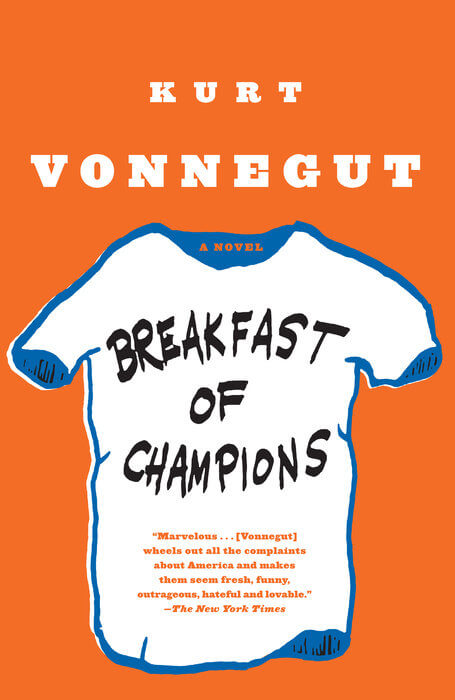
Support Kurt’s Legacy
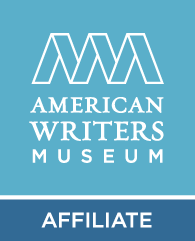

Kurt Vonnegut Museum And Library 2017-2023 - All Rights Reserved | The Kurt Vonnegut Museum And Library Is A 501(C)(3) Private Nonprofit Organization.
Support Kurt’s Legacy

Kurt Vonnegut Museum and Library 2017-2023 - All Rights Reserved | The Kurt Vonnegut Museum and Library is a 501(c)(3) private nonprofit organization.

Kurt Vonnegut Museum and Library Volunteer Application
Please contact [email protected] if you have any questions about this application’s content.